Introduction
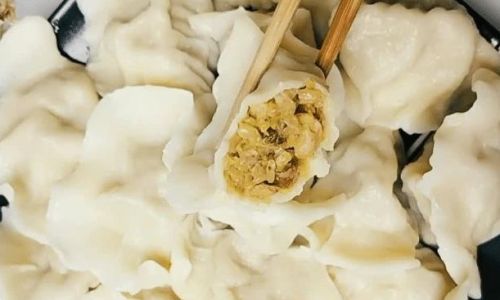
In the realm of culinary arts, the humble dumpling holds a special place. It transcends cultural boundaries, appearing in various forms and flavors across Asia and beyond. From the savory gyoza of Japan to the hearty manti of Central Asia, dumplings encapsulate the essence of comfort food, offering a warm embrace to the palate. Among these, pure meat dumplings often steal the spotlight, their simplicity allowing the richness of the meat to shine through. However, there exists a secret recipe that elevates the dumpling experience to a new level of culinary delight – one that surpasses even the most exquisite pure meat offerings. This article embarks on a journey to uncover the magic behind this flavorful upgrade, guiding you through the steps to master a dish that promises to captivate your taste buds.
The Art of Dumpling Making
Before diving into the specifics of our upgraded recipe, it’s crucial to understand the basics of dumpling making. The art lies in the delicate balance of ingredients, the precision of folding, and the perfect cooking technique. Traditional pure meat dumplings, whether pork, beef, or lamb, rely heavily on the quality of the meat and the seasoning used. However, the true artistry comes from incorporating additional elements that enhance the overall flavor profile without overpowering the meat’s essence.
The Ingredients: Beyond Meat
Our journey begins with selecting the right ingredients. While high-quality meat is a given, the real stars of this recipe are the supporting actors: vegetables, herbs, and spices. Here’s a breakdown of what you’ll need:
-
Meat: Choose a lean ground meat such as pork, beef, or chicken. The key is to use fresh, well-seasoned meat to ensure a juicy, flavorful filling.
-
Vegetables: Incorporate finely chopped vegetables like cabbage, carrots, and scallions. These not only add texture and color but also introduce a fresh, slightly sweet note that complements the meat.
-
Herbs and Spices: A blend of fresh herbs like cilantro, parsley, and mint, along with spices such as ginger, garlic, soy sauce, and sesame oil, transforms the filling into a symphony of flavors.
-
Wrappers: While homemade dumpling wrappers offer a sense of accomplishment, store-bought ones can be just as good if you’re pressed for time. Ensure they are thin and pliable for easy folding.
The Technique: Blending Harmoniously
Now, let’s delve into the technique that ties all these ingredients together:
-
Preparation: Begin by preparing your vegetables. Finely chop them to ensure they blend seamlessly with the meat. For cabbage, a quick soak in saltwater followed by draining can help reduce its water content, preventing soggy dumplings.
-
Seasoning the Meat: In a large bowl, combine the ground meat with minced ginger, garlic, soy sauce, sesame oil, and a pinch of salt and pepper. Mix well until the meat is evenly coated with the seasonings. This step is crucial as it lays the foundation for the dumpling’s flavor.
-
Incorporating Vegetables: Gradually add the chopped vegetables to the seasoned meat, folding gently to avoid compacting the mixture. The goal is to create a loose yet cohesive filling that holds together when wrapped.
-
Taste Testing: Before proceeding, take a small portion of the filling and cook it quickly to taste. Adjust the seasoning if necessary, ensuring the flavors are bold but not overpowering.
The Fold: A Matter of Precision
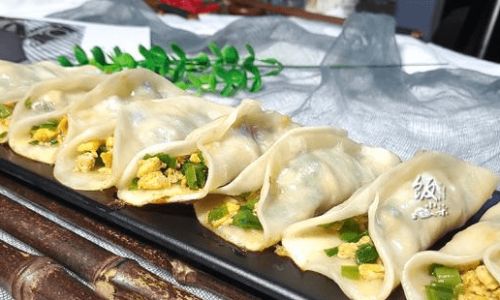
The art of folding dumplings is both a science and a craft. Here’s a simple yet effective method:
-
Placement: Place a small spoonful of filling in the center of a wrapper. Avoid overfilling, as this can make sealing difficult and result in broken dumplings during cooking.
-
Folding: Moisten the edges of the wrapper with a bit of water. Fold the wrapper in half, pinching the edges together to create a tight seal. For a more decorative touch, you can create pleats along the edge.
-
Shaping: Place the folded dumpling on a floured surface to prevent sticking. Repeat the process until all the filling is used.
Cooking Techniques: From Boiling to Pan-Frying
The final step in this culinary journey is cooking your dumplings. There are several methods, each imparting a unique texture and flavor:
-
Boiling: For a classic, tender dumpling, boil them in a large pot of simmering water. Once they float to the surface, cook for an additional 2-3 minutes before draining.
-
Steaming: Steam dumplings in a bamboo steamer or on a steaming rack for a healthier, lighter option. Steam for about 10-12 minutes until cooked through.
-
Pan-Frying: For a crispy exterior and juicy interior, pan-fry the dumplings until the bottoms are golden brown, then add a small amount of water to the pan, cover, and steam until cooked. This method, known as ‘pot-sticker’ style, offers a delightful contrast of textures.
Serving: Elevating the Presentation
Serving your dumplings is an opportunity to showcase your culinary prowess. Arrange them on a platter lined with parchment paper to absorb any excess moisture. Garnish with chopped herbs, a drizzle of soy sauce, and a sprinkle of sesame seeds for an elegant finish. For an added touch of luxury, consider serving them with a homemade dipping sauce made from a blend of soy sauce, rice vinegar, sesame oil, and chili oil.
Conclusion: A Culinary Journey Beyond Meat
In conclusion, mastering the art of making dumplings that surpass the simplicity of pure meat offerings is a rewarding culinary endeavor. By incorporating a variety of vegetables, herbs, and spices, and paying attention to detail in both preparation and cooking, you can create dumplings that are not only visually appealing but also burst with layers of flavor. This recipe is a testament to the fact that sometimes, the best dishes are those that embrace a harmonious blend of ingredients, each playing its part to create a symphony of taste.
As you embark on your own dumpling-making journey, remember that the key to success lies in experimentation and patience. Each batch you make will bring you closer to perfecting your unique flavor profile, one that might even inspire others to try their hand at this delightful culinary art form. So, gather your ingredients, roll up your sleeves, and let the journey of creating flavorful, unforgettable dumplings begin. Happy cooking!
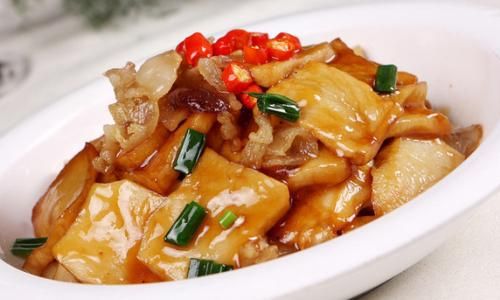
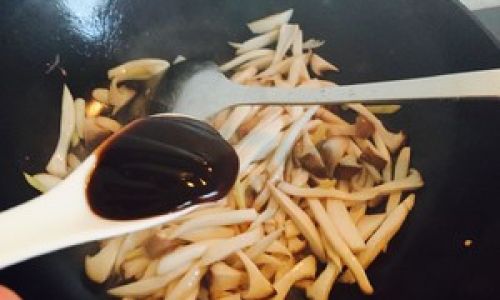
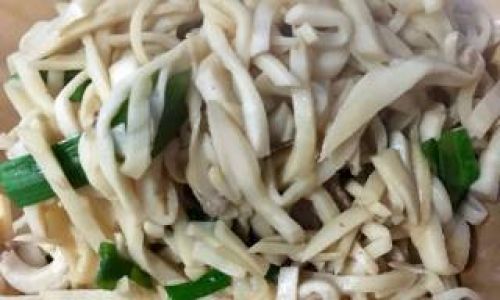
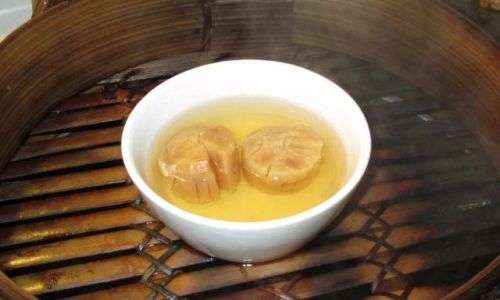
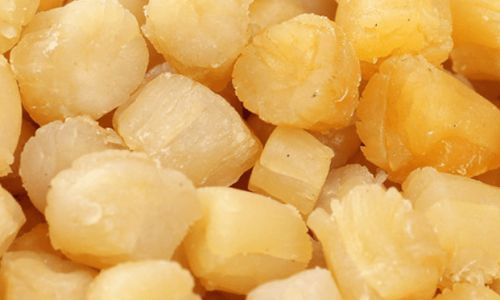
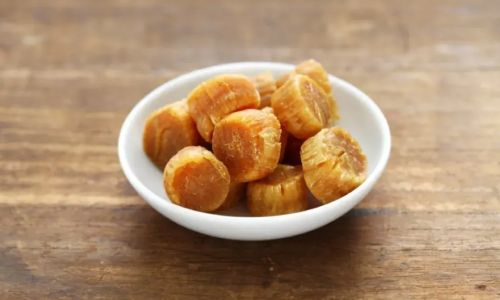
0 comments